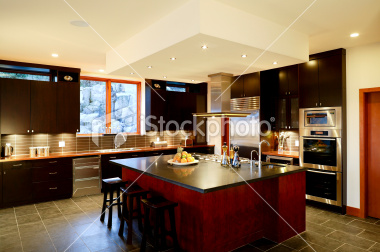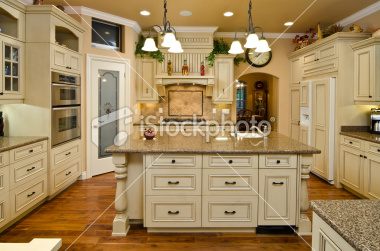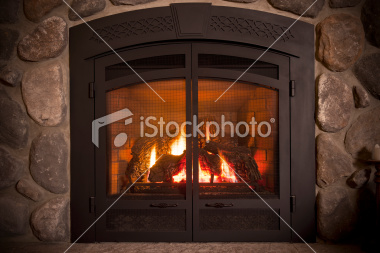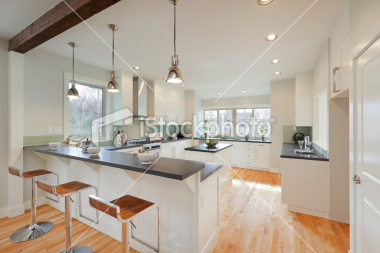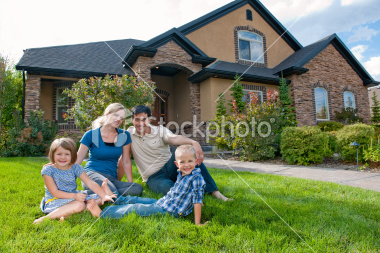Chimney Safety: Questions and Answers You Should Know
How Often Should My Chimney Be Cleaned?
Most Homeowners have annual cleanings; however, some can go two or three years between cleanings and others require two cleanings per year. F.P.A. (NationalFire Protection Association) recommends yearly inspections to determine if your chimney needs cleaning and meets current safety standards. If you burn for heat, or have frequent fires (3-4 times a week during the burning season) your chimney should be cleaned yearly.
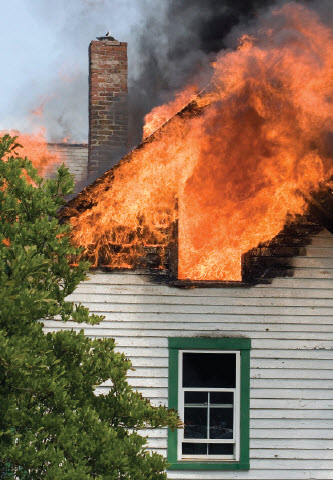
What Is Creosote And How Can I Minimize A Creosote Buildup In My Chimney?
Creosote is the byproduct of wood burning accumulating in the chimney and fireplace or woodstove. When creosote is in its early stages, it is flaky and sooty, most of which can be removed by using professional chimney brushes.
Power rotary brushes are more powerful and flexible than the typical old fashion push brush. Because creosote, in its tarry, gummy, or hard glazed form, is very difficult to remove, it is advantageous to use a power brush to ensure the cleaning is thorough. It is important to note most chimney cleaning companies are not equipped with the power rotary brushes. To be sure you receive the most complete cleaning, ask for a cleaner using power rotary brushes.
Another way to minimize creosote buildup is to burn only dry, seasoned wood, preferably hardwoods that have been seasoned atleast 6 months to a year. Freshly cut (green) wood has a lot of moisture in it and causes creosote to build up only after a few fires. Poorly designed chimneys and improperly installed wood stoves also lead to creosote buildup, so be sure to have your chimney inspected and repaired to prevent future problems.
With the Rising Cost of Fuel Prices, Is There Anything I Can Do To Make My Fireplace More Efficient?
There are a few options you have to increase the heat output of your fireplace. The first option is to install a wood burning insert. However, if you do not want to lose the full view of the fire, your best option would be to install a fireplace grate heat exchanger (such as a Cozy Grate heater™).
You simply place your logs on the grate and the thermostatically controlled blower circulates the warm air into your living space at a rate of 40,000 BTU's of heat per hour. This is a very cost effective way to bring more heat into your home.
Is It Okay To Use A Fireplace That Has A Cracked Liner In The Chimney Or Use No Liner At All?
No, it is not safe to use an unlined chimney or one that has a cracked liner. Under no circumstances should fires be built in fireplaces or furnaces vented to chimneys without the benefit of a properly installed flue liner. Unlined chimneys allow heat to move through brick chimney walls very quickly and can cause adjacent wood and insulation to catch fire. In addition, unlined orimproperly lined chimneys venting gas or oil burning appliances can allow poisonous gases such as carbon monoxide to leak into the dwelling with possible fatal consequences.


